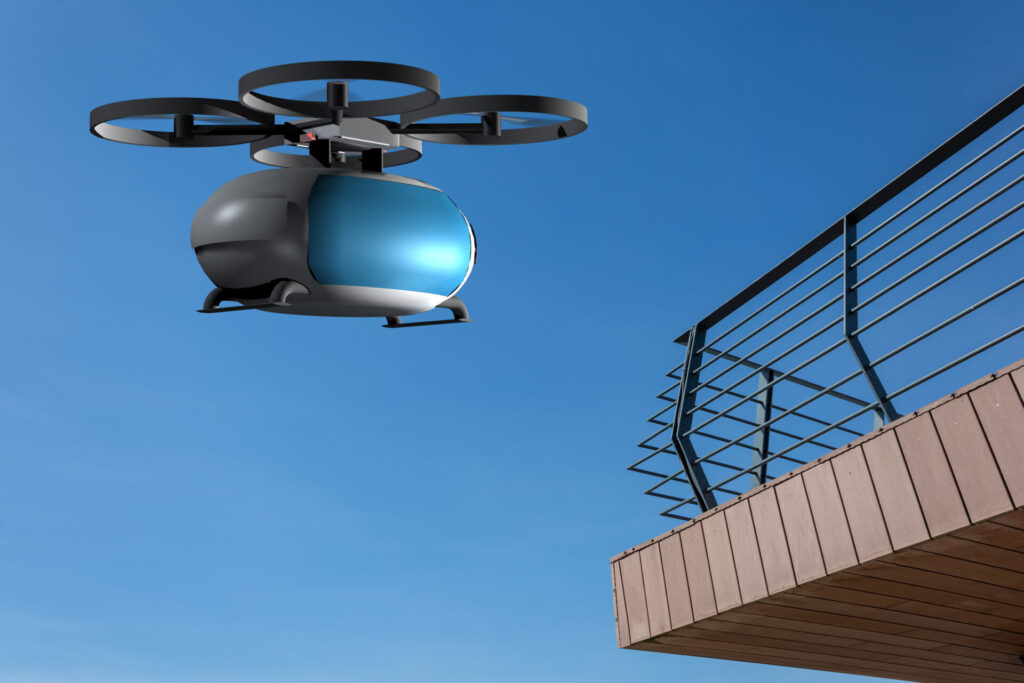
Platinum Sponsors:




Platinum Sponsors:



Richard Ellis from NATS gave the audience a glimpse of the future with his presentation on new airspace users at the Future Skies Theatre.

Ellis explained that the skies of 2034 will be very different from those of today. The speed of development is difficult to ascertain but there is little doubt that disruptive technologies and new airspace entrants will transform the industry.
He highlighted a number of areas that have already begun changing or are at least in the planning stage:
Ellis said there are several difficult challenges and questions ahead, such as determining the capacity needed since many areas will potentially go from hundreds of flights a day to tens of thousands.
He called for ANSPs to de-risk as much as possible. Possible risk mitigation strategies include validating the CONOPS and business cases at the earliest opportunity, providing regulators with the requisite data to help them make informed separation standard rules, and generating visualisations of future airspace.